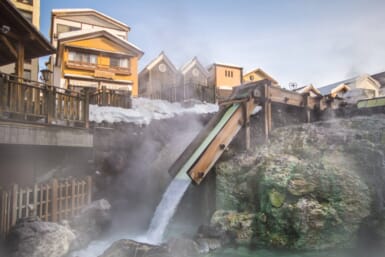Radioactive cesium that turned up in subsea mud near the mouth of the Shinanogawa River on the northwestern coast of Japan were found to be highly concentrated, Asahi Shimbun reports.
Scientists believed that the significant quantity of cesium may have been from the Fukushima No. 1 nuclear plant some 200 kilometers away. A team, led by Hideo Yamazaki of Kinki University, sampled coastal seabed mud at a depth of 15, 20, and 30 meters around the mouth of the river’s Okuzo diversion canal, which discharges into the Sea of Japan. Scientists, analyzing cesium concentrations at intervals of 1 centimeter, found the highest concentration of 460 becquerels per kg at 2-3cm below the mud surface at a water depth of 30m.
Similar samples taken in August 2011 from the mouth Arakawa river in Tokyo Bay read 400 becquerels per kilogram but were found at least 10cm below the mud. Cesium contains highly radioactive isotopes and is often seen as s by-product of nuclear accidents and atomic weapon tests.
The full research results will be published by the Oceanographic Society of Japan on September 13. This comes as probes into the Fukushima nuclear disaster failed to turn up answers behind the meltdown.









